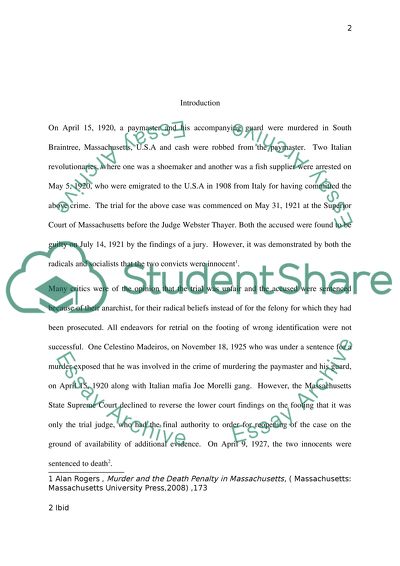Cite this document
(“Working Title: Sacco and Vanzetti Case: A Delay in Justice Research Paper”, n.d.)
Retrieved from https://studentshare.org/law/1677624-sacco-and-vanzetti
Retrieved from https://studentshare.org/law/1677624-sacco-and-vanzetti
(Working Title: Sacco and Vanzetti Case: A Delay in Justice Research Paper)
https://studentshare.org/law/1677624-sacco-and-vanzetti.
https://studentshare.org/law/1677624-sacco-and-vanzetti.
“Working Title: Sacco and Vanzetti Case: A Delay in Justice Research Paper”, n.d. https://studentshare.org/law/1677624-sacco-and-vanzetti.


